Electromagnetic energy
1/36
There's no tags or description
Looks like no tags are added yet.
Name | Mastery | Learn | Test | Matching | Spaced |
|---|
No study sessions yet.
37 Terms
What are characteristics of electromagnetic waves?
a continuous wave of energy with no mass or physical form that travels at the speed of light in a linear path until interaction
What is the speed of light?
c = 3 ×10^8 m/s
What are electromagnetic waves unaffected by?
Electric or magnetic fields
Gravity
What are the characteristics of waves?
Cycles, amplitude, wavelength, frequency
What is a cycle?
One complete wave form
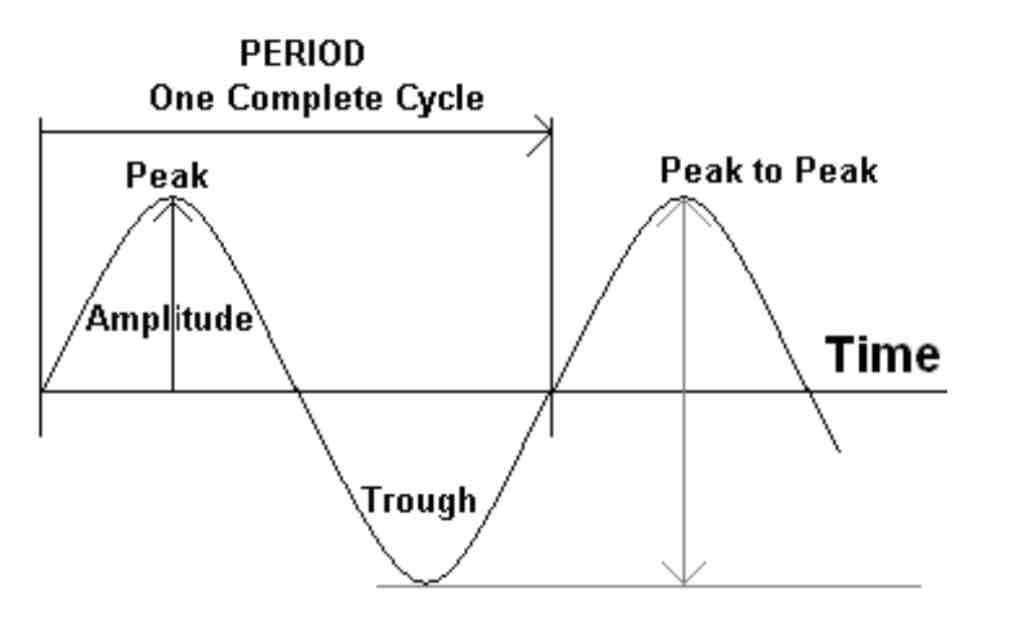
What is amplitude?
The max displacement from equilibrium (zero to crest OR trough)
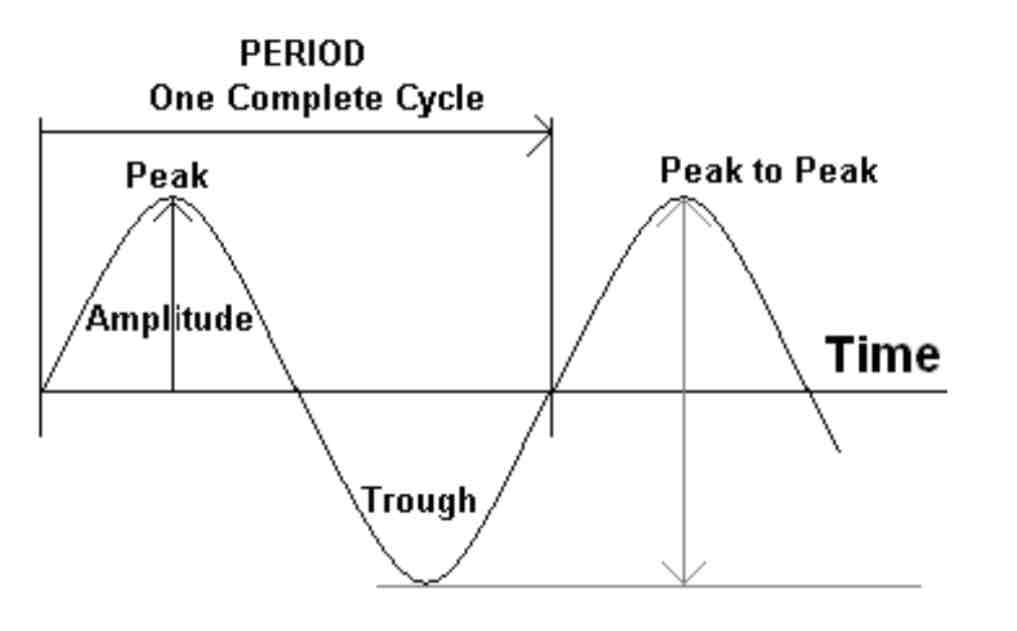
What is wavelength and how is it measured?
the DISTANCE travelled by the wave in one cycle- measured in METERS
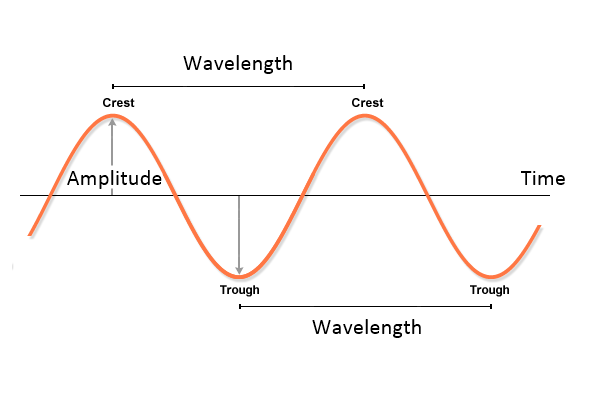
What is frequency? How is it measured?
The number of cycles in time, usually per second
Measured in Hertz (Hz)
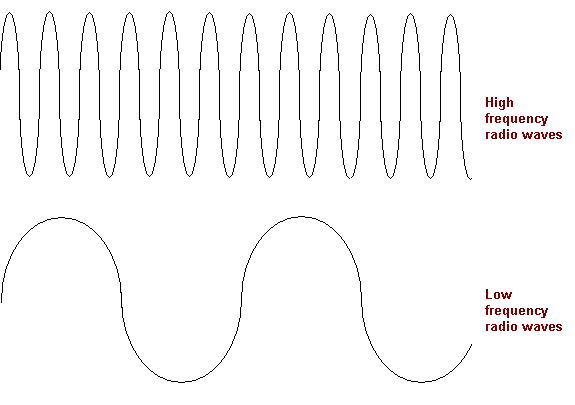
What will the wave’s velocity always be?
3×10^8 m/s. They travel at the speed of light
What formula would you use when asked to find the wavelength, and are given the frequency?
WL= C/F
Wavelength equals speed of light divided by frequency
What formula would you use when asked to find the frequency, and are given the wavelength?
F=C/WL
Frequency is speed of light divided by wavelength
Frequency and wavelength have what type of relationship? What does that mean?
inverse relationship
As one increases, the other will decrease and vice versa
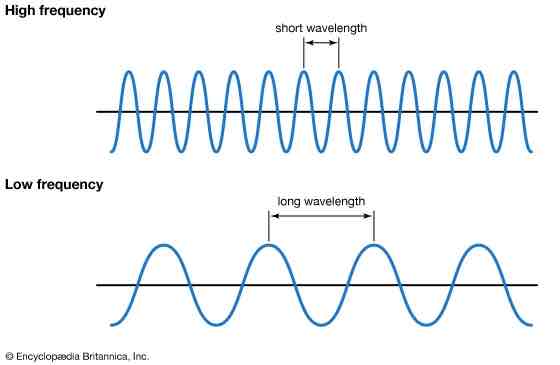
What is Planck’s constant and its variable?
h = 4.15 × 10^-15 eV
What formula would you use to find energy when given the frequency?
E= h(f)
energy (eV) is equal to h x frequency
What formula would you use to find frequency when given the energy in keV?
F=eV/h
Remember to multiple the keV by 10³ to convert it to eV
For example: 70 keV —> 70 × 10³ eV
How to convert keV to eV?
Multiple the keV by 10³
70 keV equals 70 × 10³ eV
Units for energy?
Joules, eV, ergs
What place must the number be in for frequency and wavelength?
The ones place
Not 13.25 or .95, but instead → 1.325 and 9.5 !!!
When moving the decimal to the right…
subtract 1 from the exponent
When moving the decimal to the left..
Add one to the exponent
What is the relationship between frequency and energy?
Direct relationship
As one increases, so does the other
As one decreases, so does the other
What formula is used to find energy when wavelength is given?
E = 12.4/WL (in angstroms)
What formula is used to find wavelength when given energy?
WL(in angstroms) = 12.4 / E
Energy units will be keV , no need to convert to eV
What is attenuation?
Reduction in the number of PHOTONS
(X-rays being absorbed)
What is refraction?
Deviation in the line of travel of a light photon
True or False: x-rays refract
FALSE, x-rays scatter not refract
What is radiolucent?
An object that x-rays can easily penetrate
The x-rays do not attenuate
What is an example of a radiolucent object and what color will it show up as?
Lungs because they are filled with air
It shows up black because the x-rays shoot through
What is radiopaque?
X-rays absorb/attenuate. Do not penetrate easily
What is an example of a radiopaque object and what color will it show up as?
Bone and metal show up white. The x-rays do not penetrate, they just absorb into the material.
Whats the difference between a beta particle and electron?
Beta particles originate in the nucleus of radioactive isotopes
Whats the difference between a gamma ray and x-ray?
Gamma rays originate in nucleus of radioactive isotopes
What unit measures intensity?
R (Roentgen) or mR (mili Roentgen)
What is radiation intensity?
The measurement of radiation over an area
What is the inverse square law?
Radiation intensity is inversely proportional to the square of the distance.
As distance increases, intensity will?
as the distance INCREASES (getting farther away from source of x-ray), the intensity will decrease
Formula for inverse square law?
Old intensity/new intensity = new distance squared/old distance squared